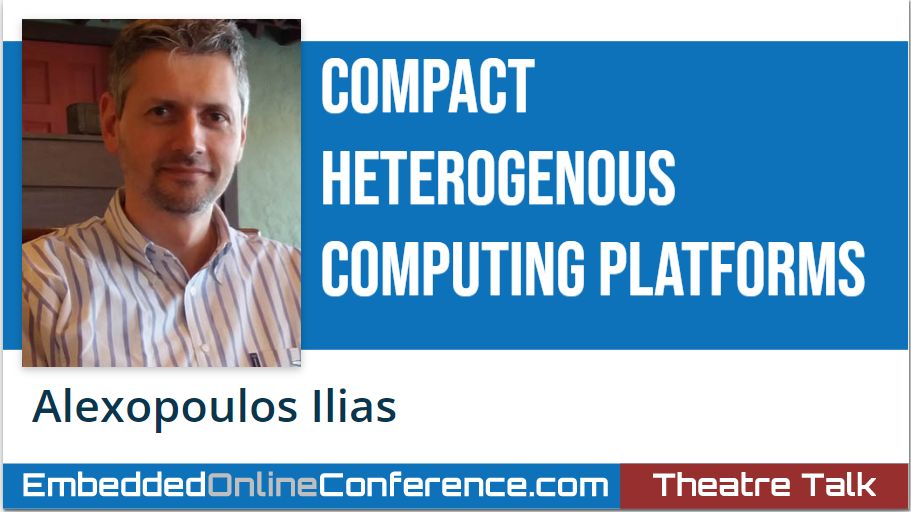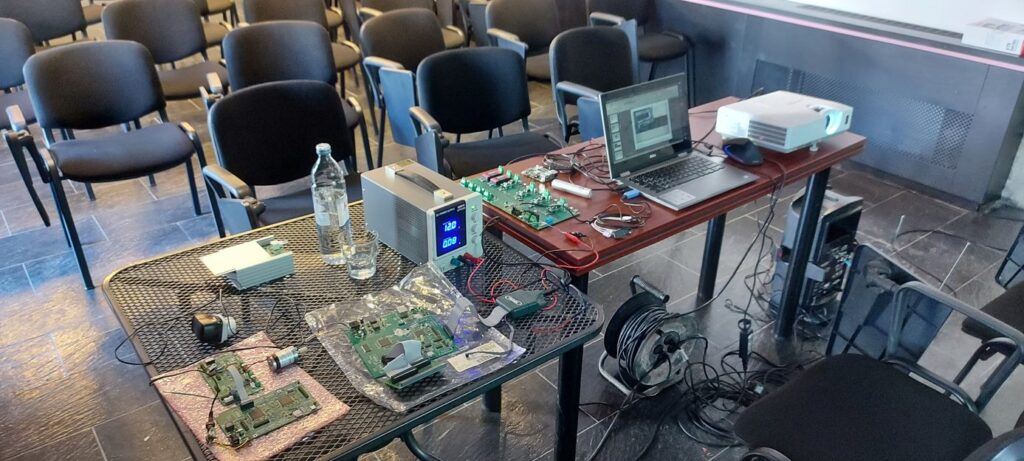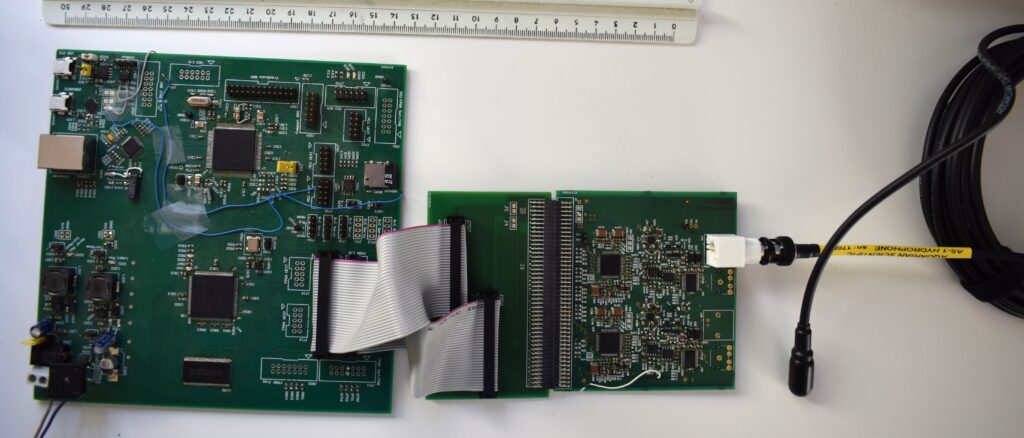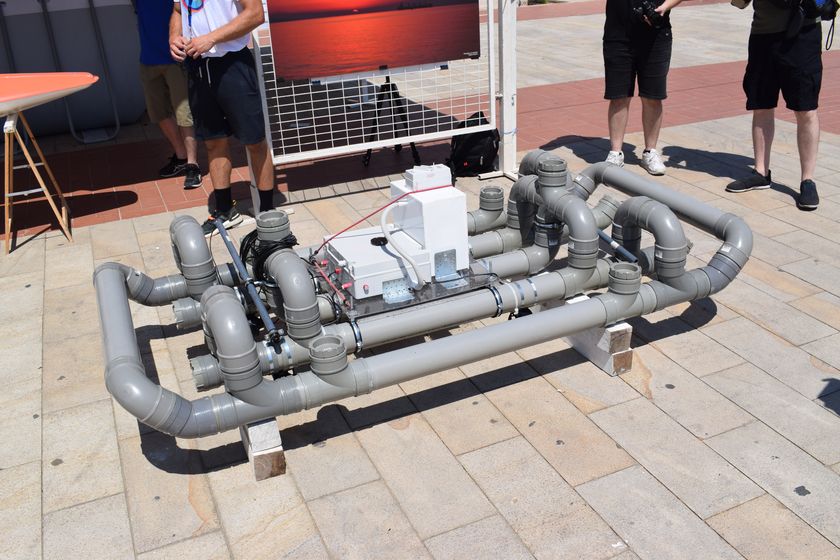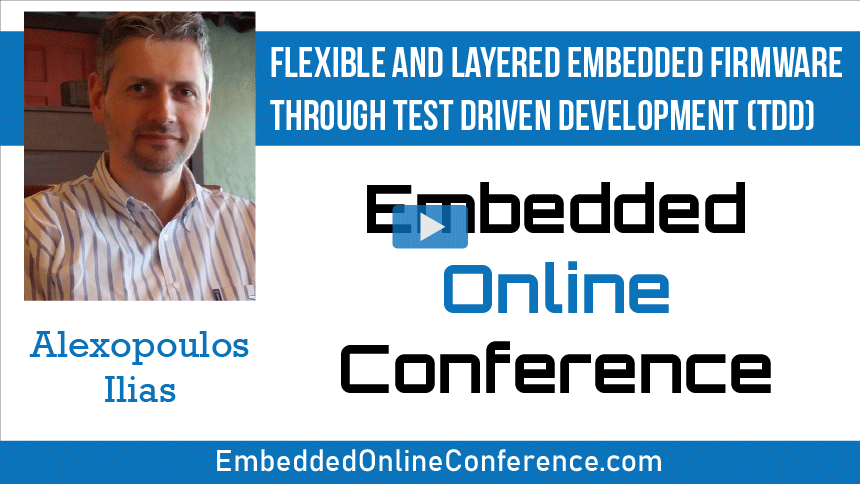A few weeks ago Ilias Alexopoulos presented part of his PhD work on IoT performance Estimation.
Engineers involved in developing IoT either remote or not, have to deal with key parameters like power consumption, computation speed, or resources, depending on the cost function of each project.
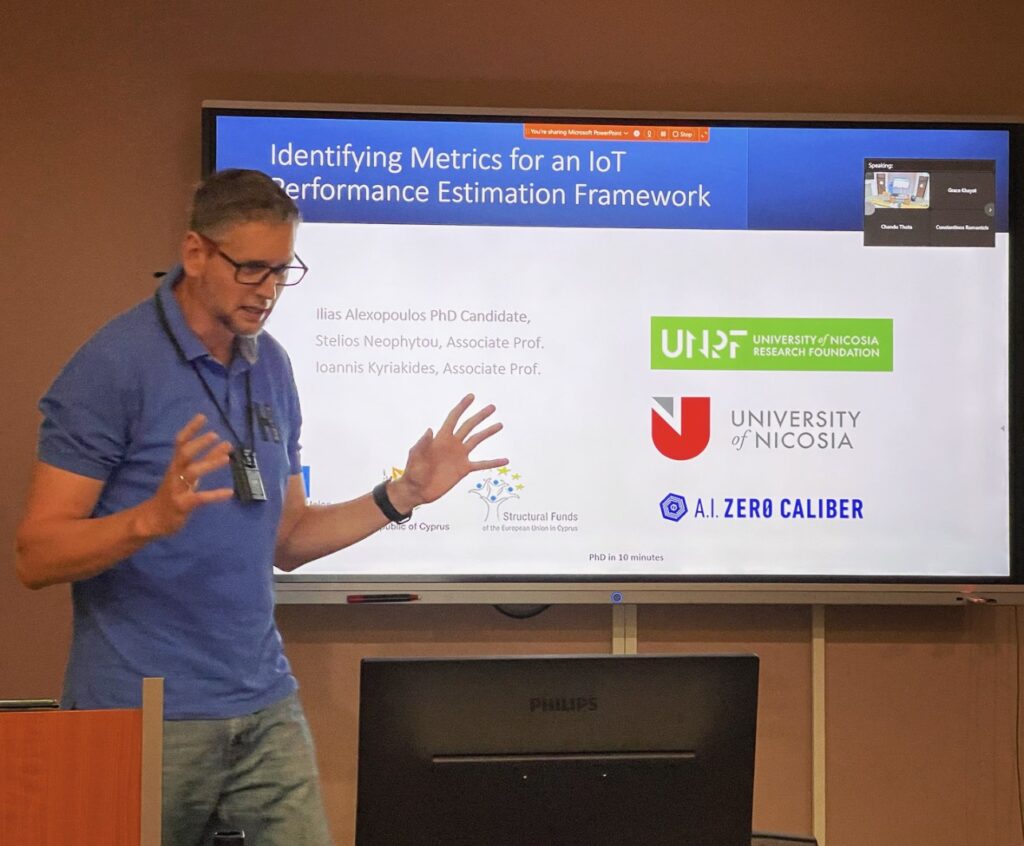
The problem is to estimate the best performance according to the key project parameters of an implementation and more specifically of an algorithm with respect to different hardware. Each hardware can offer different kinds of optimizations so the combinations of each implementation involving algorithm variants and hardware optimization is unmanageable.
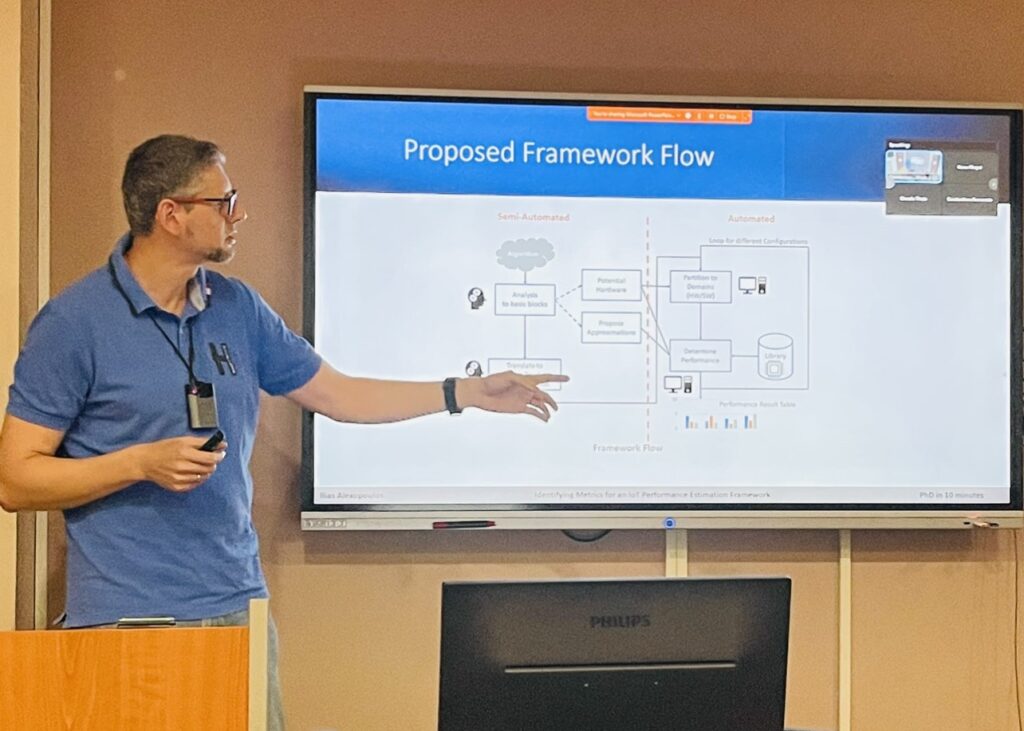
The work of this research is to establish a framework that can estimate this individual performance and provide guidance to the designer of the best hardware without the need of implementing the algorithms on any platform.

It is a long shot to achieve this goal, but research and progress are about challenges. Challenging methods, tools, or our limits to achieve more.


